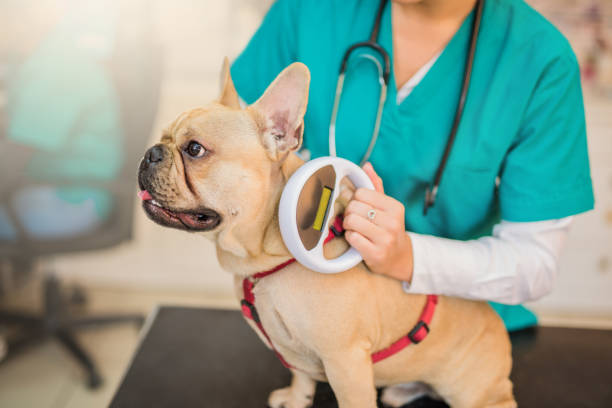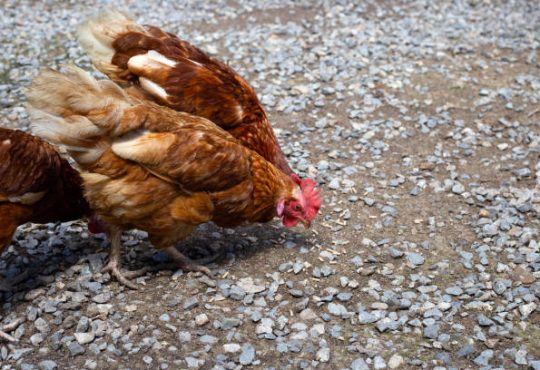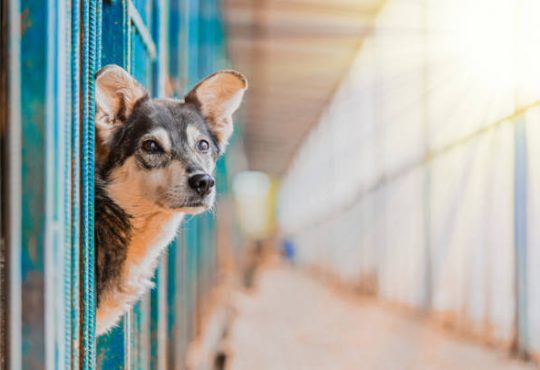
Importance of microchipping pets
You have the best chance to reunite with your pet if it runs away or gets lost if you microchip them. Many jurisdictions require it. A microchip is an easy and quick procedure that involves implanting a chip, about the size of one grain of rice, just beneath the skin at the back of your pet’s neck.
What is it?
A microchip scanner can detect the unique number on each chip. The microchip number will be recorded in a database with information about the pet and its owner. If the unthinkable occurs and your pet is lost, veterinarians, shelters, or local councils may scan the chip to get your contact information.
A microchip will remain in your pet for as long as they live. While collars and ID tags can be useful, they should not be ignored. If your pet’s collar breaks or the tag falls off their body, a chip will help identify them.
You can easily prevent this by ensuring that your pet is contained within your home. This means that cats should be kept in an escape-proof area outside or inside. For dogs, the backyard must also be escape-proof.
Keep everything up-to-date
Microchips can be the most effective way to return your pet home. However, they are only useful if your information is kept up-to-date on the database. Suppose you move home or change your phone number or your companion animal ownership ever changes. In that case, you must update your microchip database so that they can have your most current contact information.
If you’re not sure which database your pet is registered in, you can search on Pet Address by using the microchip number. Pet Address will guide you to the pet registry where your pet’s microchip is listed. You can also contact them to update your contact details.
If you don’t know the microchip number of your pet, ask your vet or contact the database where your pet is registered if they are aware. They will be able to help. There are seven microchip registers in Australia:
Please check the Greyhound Racing Victoria Microchip Registry if you are unable to find the microchip information for your greyhound on any of the above registries or pet addresses. This is because some greyhounds that were born in Victoria may only have their microchips listed on the GRV Microchip Registry.
Quick and Easy Procedure
Many people worry that microchipping their pets will cause them discomfort. However, it is a simple and quick procedure (takes only a few moments), which causes your pet very little pain. The pain of the implant is only temporary and minimal. Most animals forget it quickly. Microchipping is a great way to identify lost animals and return them to their owners. The minimal discomfort that may occur does not outweigh the benefits.
If possible, your pet should be microchipped before you adopt or purchase it. If your pet has not been microchipped, we recommend you make an appointment as soon as possible with your veterinarian so that your pet can be microchipped (even in states where microchipping may not be mandatory). Local councils and animal welfare organizations can also microchip your pet. All RSPCA-adopted dogs and cats are microchipped, as well as desexed and immunized! ).




